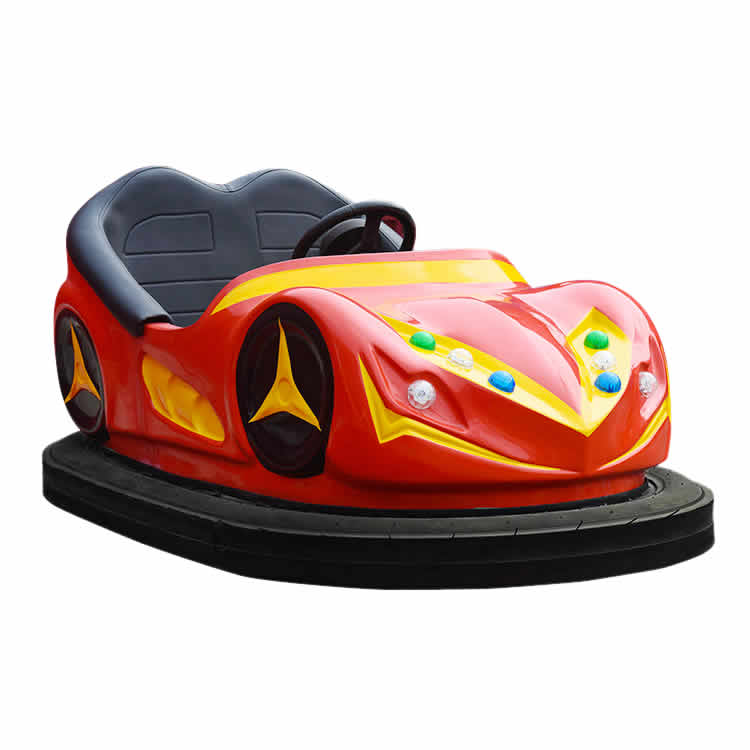High Quality Products & Services for Your Business
Maintenance and Care Requirements for Bumper Cars in Amusement Parks
Bumper cars are one of the most popular and exciting attractions in amusement parks around the world. While they are designed to be safe and durable, proper maintenance and regular inspections are essential to ensure they operate smoothly, safely, and provide a fun experience for visitors. Regular care helps to extend the lifespan of the bumper cars and prevent accidents caused by equipment failure. This article outlines the key maintenance and care requirements for bumper cars in amusement parks.

1. Daily Inspection
Before the park opens each day, a thorough inspection of all bumper cars should be conducted. This includes checking the following:
- Electrical System: Ensure that the battery is charged, and check for any signs of wear or corrosion on the electrical connections.
- Motors: Listen for unusual noises and check for any overheating or performance issues with the motor.
- Safety Features: Inspect all safety features, such as seatbelts, bumpers, and the steering mechanism, to ensure they are functioning correctly.
- Lights and Horns: Verify that all lights and horns are in working order as they are essential for both visibility and safety.
2. Battery Maintenance

Since bumper cars are typically powered by batteries, keeping the batteries in good condition is crucial. This involves:
- Charging: Ensure the batteries are charged fully at the end of each operating day and are kept in a well-maintained charging station.
- Cleaning: The battery terminals should be cleaned regularly to prevent corrosion. Any buildup of dirt or grime should be wiped off to maintain proper connections.
- Battery Replacement: Batteries have a limited lifespan and should be replaced as needed. Regular monitoring of the battery health is necessary to avoid unexpected failures during operations.
3. Cleaning and Lubrication
Keeping the bumper cars clean not only improves their appearance but also ensures that moving parts function properly. The following should be done:
- Cleaning: Remove dirt, dust, and debris from the exterior and interior of the car. The seats, steering wheel, and footrests should be cleaned daily to maintain hygiene.
- Lubrication: Parts such as the steering mechanism, wheels, and axles should be regularly lubricated to prevent friction, which can lead to wear and tear. Use appropriate lubricants recommended by the manufacturer.
4. Wheel and Chassis Inspection
The wheels and chassis of bumper cars take a lot of impact during operation. Regular checks are necessary to ensure that the car remains stable and rides smoothly:
- Wheels: Inspect the wheels for any cracks or damage. Replace wheels that are worn out or deformed. Ensure that the wheels rotate freely and are aligned properly to avoid unnecessary strain on the motor.
- Chassis: The frame or chassis should be checked for structural integrity. Any signs of cracks or deformation should be addressed immediately to prevent potential accidents.
5. Handling and Steering Mechanism
The steering mechanism and controls are critical for the safe operation of bumper cars. Operators should regularly check:
- Steering Wheel: Ensure the steering wheel is secure and rotates smoothly. Any stiffness or unusual resistance should be addressed immediately.
- Control Mechanism: Verify that the throttle and brake systems are responsive. Adjust the controls if there is any delay or malfunction.
6. Preventive Maintenance Schedule

In addition to daily checks, regular preventive maintenance is key to prolonging the life of the bumper cars. This may involve:
- Monthly Checkups: Perform a more in-depth inspection every month. This includes checking the electrical system, examining the suspension, and testing the overall stability of the bumper car.
- Annual Overhaul: At least once a year, a full inspection and overhaul should be carried out. This may include replacing worn-out components such as batteries, motors, or the chassis, and ensuring that the entire system is functioning optimally.
7. Safety and Compliance
Finally, bumper cars must comply with local safety regulations and standards. This includes ensuring that:
- Safety Standards: The bumper cars meet all local and national safety standards, including the correct use of seatbelts, padding, and other protective features.
- Training for Operators: The staff responsible for operating and maintaining the bumper cars should be properly trained. They should know how to safely operate the cars, handle minor repairs, and quickly address any issues that may arise during operation.
Conclusion
Regular maintenance and proper care are crucial for keeping bumper cars in safe, efficient, and enjoyable working condition. By adhering to daily inspection routines, cleaning, lubrication, and adhering to a structured preventive maintenance schedule, amusement parks can ensure that their bumper cars remain a fun and safe attraction for visitors. In turn, this reduces downtime, extends the life of the equipment, and contributes to a positive experience for both visitors and staff.
Related recommendations
-
The Advantages of Electric Bumper Cars
404Electric bumper cars have long been a staple of amusement parks, fairs, and family entertainment centers. Known for their exciting and interactive nature, these rides offer both fun and safety for riders of all ages. With advancements in technolo...
View details -
Types of Trackless Tourist Trains
411Trackless tourist trains have become a popular and efficient way for visitors to explore large parks, scenic areas, and other attractions. Without the need for a traditional railway track, these vehicles can move freely over various types of terr...
View details -
Some of the most popular portable rides at the carnival
290Carnivals are a staple of entertainment around the world, providing exciting experiences for people of all ages. A significant part of the carnival atmosphere is the wide variety of amusement rides that bring fun and thrills to visitors. Many of ...
View details -
What safety standards are required for pirate ship rides?
308As a popular attraction in amusement parks and theme parks, the safety of pirate ships is of vital importance. The following are the main safety standards that pirate ship rides need to follow: Equipment design and manufacturing standardsHeig...
View details
 chinaparkrides
chinaparkrides






Leave a Reply